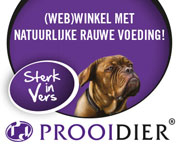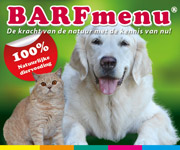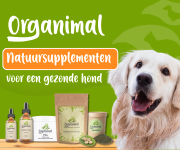Maar dat doe ik alleen als kuur.
Ik heb ook weleens getwijfeld,maar als ik zie,en ik heb meerdere honden,dat ze over het algemeen oud worden,dan geef ik het gewoon.
Ze hebben hier nooit vlooien,als ze al eens een teek hebben is die zo goed als lam.
Liever knoflook dan frontline,of dat nieuwe spul,advocaat o.i.d.
Ik woon in een teekrijk gebied,heb allemaal struiken en bomen op het erf waar ze vrij rondlopen,toen ik geen knoflook gaf,waren de teken niet te tellen.
Bah.
Plus het behandelen,met chemische middelen,wat mij tegen staat,dus ik geef knoflook.







